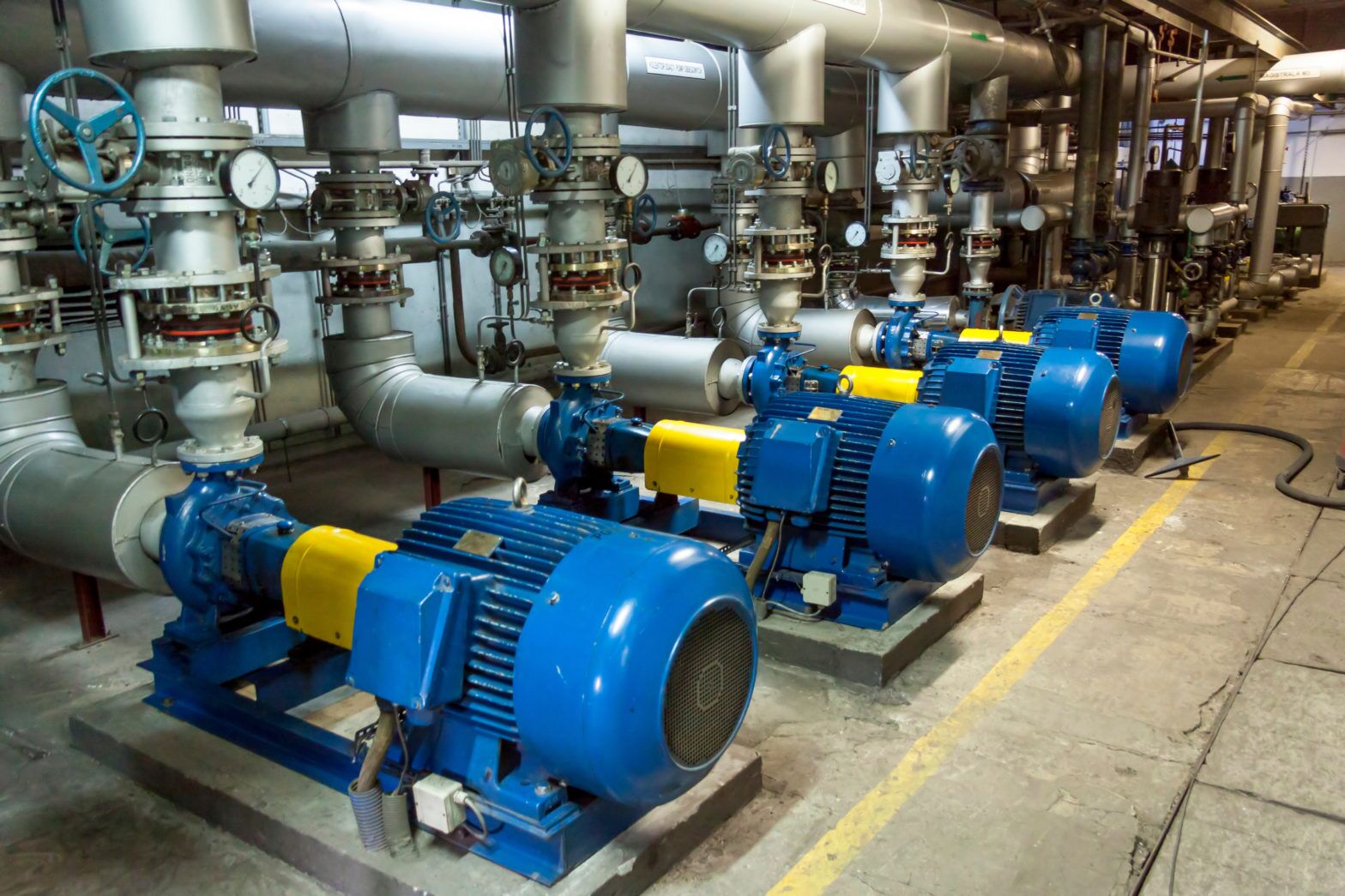
The Hidden Costs of Underperforming Pump Systems on your Bottom Line
In industrial operations, pump systems are often the unsung heroes, moving water, chemicals, and other fluids efficiently to keep processes running smoothly. That said, when these systems underperform, the costs can quietly pile up, affecting more than just operational efficiency. Underperforming pump systems fail to meet expectations and they can significantly impact your bottom line through increased energy consumption, higher maintenance expenses, and unplanned downtime.
-
Skyrocketing Energy Bills
One of the largest hidden costs of an inefficient pump system is excessive energy consumption. Pumps that are mismatched to their tasks – whether they’re too large, too small, or simply outdated – call for more energy to achieve the desired results. For instance, a pump operating outside its optimal range may consume significantly more electricity, leading to unnecessary energy expenses.
Variable frequency drives (VFDs), which adjust pump speed based on real-time demand, are one way to mitigate this issue. But many older systems lack this technology. An inefficient pump can cost thousands of dollars more annually in energy use than a modern, energy-efficient alternative. For industries running multiple pumps around the clock, the financial burden can quickly escalate.
Key Insight: Energy-efficient pump systems may involve a higher upfront cost, but the savings in electricity bills can offset that investment within a few years.
-
Escalating Maintenance Costs
Underperforming pumps often need more frequent maintenance. This is because they are likely to operate under conditions that strain their components, like excessive vibration, cavitation, or wear and tear on seals and bearings. While routine maintenance is a necessary part of any industrial operation, the need for constant repairs can lead to inflated maintenance budgets and longer periods of system downtime.
Further, pumps that are poorly matched to their operating conditions can fail prematurely, requiring expensive part replacements or even full system overhauls. The cost of emergency repairs can far exceed the price of regular preventive maintenance and planned upgrades to modern, reliable systems.
Key Insight: Investing in pumps that are specifically designed for your application reduces wear and tear, extending the life of your equipment and lowering long-term maintenance costs.
-
Unplanned Downtime: The Silent Killer of Productivity
Downtime is one of the most damaging consequences of an underperforming pump system. When pumps fail unexpectedly, the entire production line can grind to a halt, leading to missed deadlines, wasted materials, and lost revenue. For industries operating in highly competitive markets, like manufacturing or water treatment, downtime can also damage customer trust and brand reputation.
The indirect costs of downtime can be even more severe. Idle workers, delayed shipments, and penalties for failing to meet contracts add up quickly. A single instance of unplanned downtime can cost tens of thousands of dollars – or more – depending on the scale of the operation.
Predictive maintenance technologies, which use sensors and IoT capabilities to identify potential issues before they result in failure, can reduce downtime. These systems enable businesses to perform repairs proactively, minimizing disruptions and maintaining operational flow.
Key Insight: Advanced monitoring and predictive maintenance technologies can help prevent costly unplanned downtime and keep your operations running efficiently.
The Case for Investing in the Right Pump Technology
While it may be tempting to cut costs by sticking with an older pump system, the long-term financial implications of underperformance far outweigh the savings. Modern pump technologies are designed with energy efficiency, durability, and intelligent controls that adapt to varying demands. These innovations lower operating costs and improve reliability and productivity.
When evaluating your pump systems, consider the following:
- Energy Efficiency: Look for pumps with high-efficiency motors and VFD capabilities to optimize energy use.
- Application Fit: Ensure the pump is designed to handle the specific properties of the fluid being moved, such as viscosity, abrasiveness, or chemical composition.
- Monitoring Capabilities: Choose pumps equipped with sensors and IoT features for real-time monitoring and predictive maintenance.
By aligning your pump systems with these criteria, you can reduce hidden costs, enhance operational reliability, and ultimately improve your bottom line.
At Vissers Sales Corp., we specialize in providing tailored pump solutions that maximize efficiency and reliability. Our team of experts can help you evaluate your current systems, identify inefficiencies, and recommend upgrades that deliver long-term savings.
Contact us today via our website or toll-free on 1-800-367-4180 to learn more about how our advanced pump technologies can protect your bottom line and ensure your operations run at peak performance. Let’s work together to eliminate inefficiencies and uncover hidden savings in your industrial pump systems.
